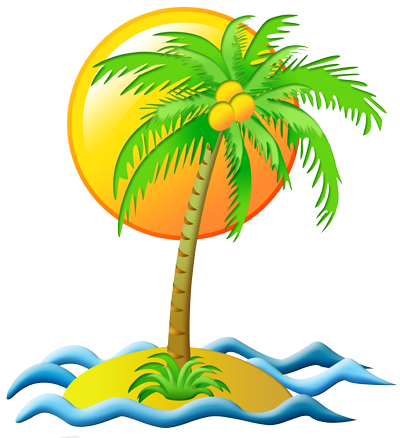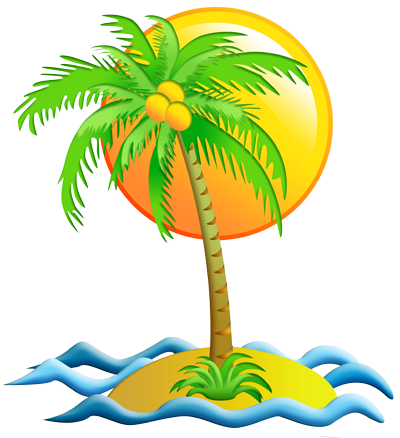 |
Jan & Jan-Jan's Rejseklubben is an exclusive club, with only 2 members, and we do NOT accept new members. |
 |
Pilsētas kanāls, the city’s old moat, once protected the medieval walls from invaders. Today the snaking ravine has been incorporated into a thin belt of stunning parkland splitting Old and Central Rīga. Stately Raiņa bulvāris follows the rivulet on the north side, and used to be known as ‘Embassy Row’ during Latvia’s independence between the world wars. Raiņa has once again assumed its dignified status, with the bleu blanc rouge fluttering at No 9. Additional diplomatic estates face the central park and moat on Kronvalda bulvāris and Kalpaka bulvāris. Bastion Hill lies along the banks of Pilsētas kanāls near Brīvības, and is the last remnant of medieval Rīga’s sand bulwark fortifications. People love to climb the circling path. North of Bastejkalns across the canal are poignant reminders of Latvia's tragic last century. Five red stone slabs lie as memorials to the victims of 20 January 1991 (they were killed here when Soviet troops stormed the nearby Interior Ministry). Nearby is the 1929 Statue of Rūdolfs Blaumanis (1863–1908). One of Latvia's greatest writers, the short story In the Shadow of Death is one of his most famous works. In 1941 after Nazis occupied the city, Jews were chased and beaten on this now-serene spot. On 18 November 1918 Latvia declared its independence at the baroque National Theatre, at the junction of the canal and K Valdemāra iela. The beloved Latvian National Opera, which resembles Moscow’s Bolshoi Theatre, sits at the other end of the park near K Barona iela. |
 |
Copyright © All Rights Reserved |
 |